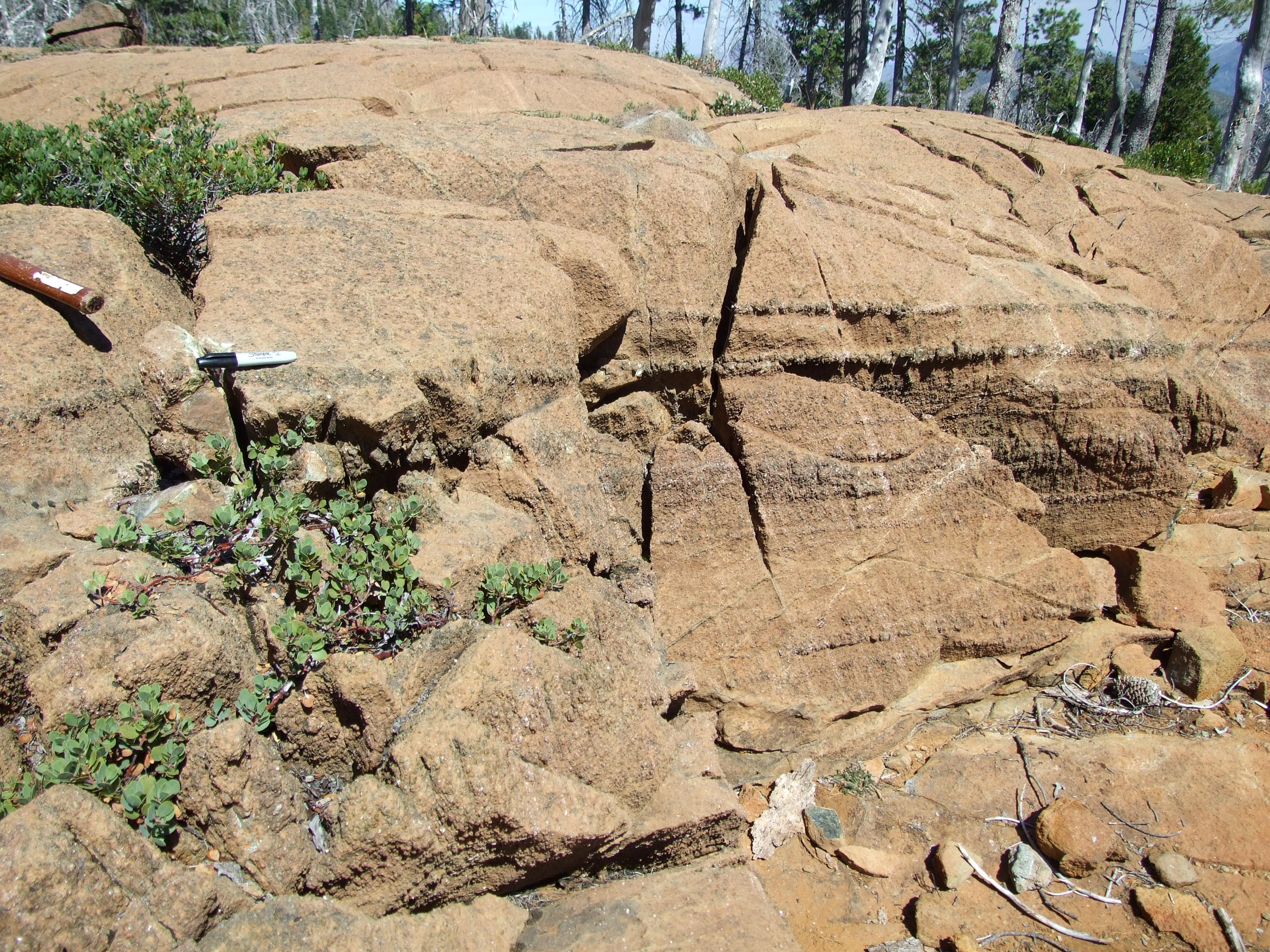September 2019 – New paper in Minerals: Connecting timing of boninite percolation and pyroxenite formation in subduction mantle

The peridotite section of supra-subduction zone ophiolites is often crosscut by pyroxenite veins, reflecting the variety of melts that percolate through the mantle wedge, react, and eventually crystallize in the shallow lithospheric mantle. Understanding the nature of parental melts and the timing of formation of these pyroxenites provides unique constraints on melt infiltration processes that may occur in active subduction zones. This study deciphers the processes of orthopyroxenite and clinopyroxenite formation in the Josephine ophiolite (USA), using new trace and major element analyses of pyroxenite minerals, closure temperatures, elemental profiles, diusion modeling, and equilibrium melt calculations. We show that multiple melt percolation events are required to explain the variable chemistry of peridotite-hosted pyroxenite veins, consistent with previous observations in the xenolith record. We argue that the Josephine ophiolite evolved in conditions intermediate between back-arc and sub-arc. Clinopyroxenites formed at an early stage of ophiolite formation from percolation of high-Ca boninites. Several million years later, and shortly before exhumation, orthopyroxenites formed through remelting of the Josephine harzburgites through percolation of ultra-depleted low-Ca boninites. Thus, we support the hypothesis that multiple types of boninites can be created at dierent stages of arc formation and that ophiolitic pyroxenites uniquely record the timing of boninite percolation in subduction zone mantle
